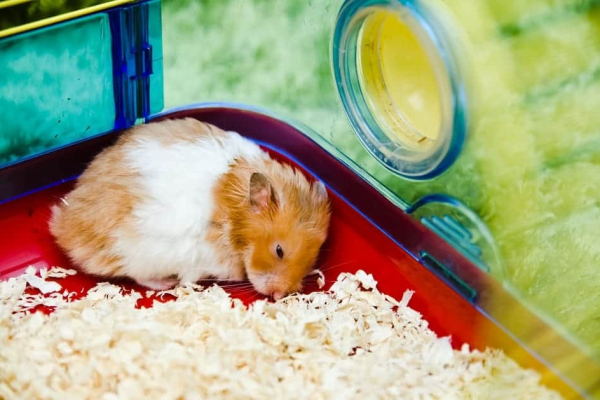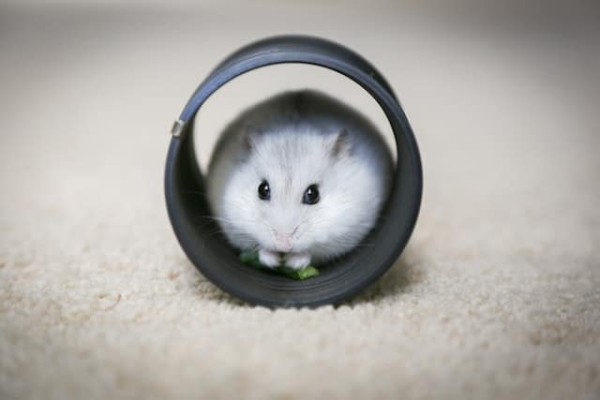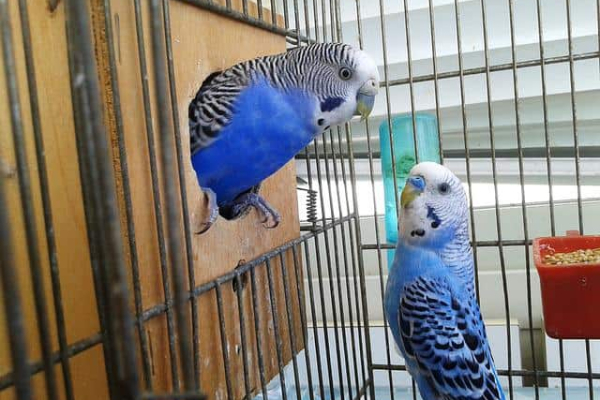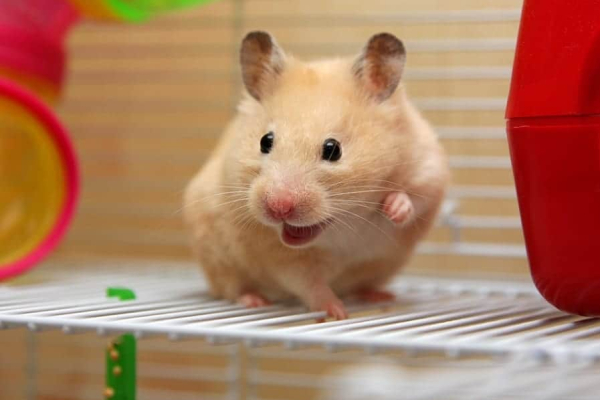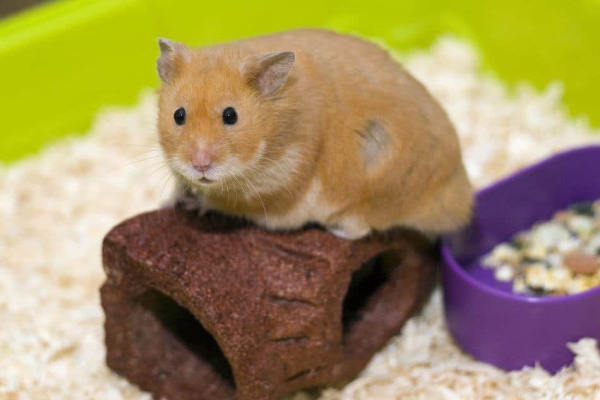As cute as hamsters are, it’s a bit of a challenge to get them to trust you. Hamsters are prey by nature, which makes them wary of any animal larger in size, and that includes you.
The most important factor in training your hamster to trust you is to be patient. It doesn’t happen very often that you get a new pet and find them completely at ease momentarily. It takes time, effort and willingness to build a bond with your hamster.
That said, learning how to make your hamster trust you is a super rewarding experience. The tiny fluffy cuties can bring so much joy to your home and become your best friends! So let’s get right to the steps of making your hamster trust you.
Get the Hamster Used to Your Presence

The first step in getting your hamster used to their surroundings should include you being part of the environment. You can do that by simply standing or sitting next to the enclosure for several minutes at a time.
You don’t have to make any movements or loud sounds for the hamster to notice you. Even if they’re hiding, they can feel your presence right outside. It does help to speak to them softly, though, so they don’t feel threatened by you.
Establish a Routine with Your Hamster
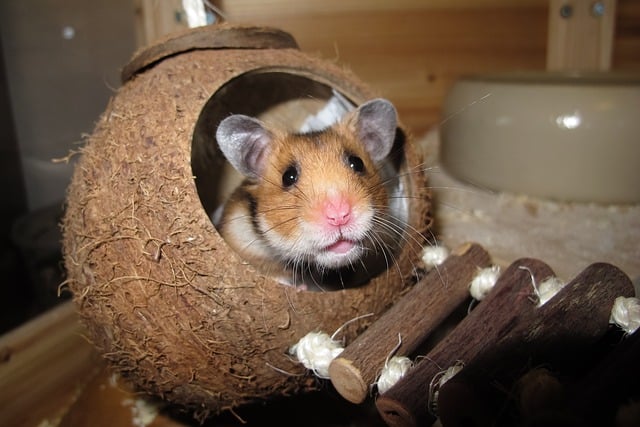
Spending time with your hamster when you get them can help them feel at ease around you later on. You can do this by creating a daily routine where you’re working, playing, or just existing around your hamster so they can get used to you.
Spend an hour or so in the evening reading a book, studying, or even playing with your phone next to your hamster’s enclosure. At first, they might be shy or intimidated, hiding away out of sight. After a while, they’ll feel more comfortable coming out, and may even sniff you around to find out who or what you are.
Familiarize the Hamster with Your Scent

Hamsters are nocturnal animals with modest eyesight, so they have a keen sense of smell to help them make their way through the dark. They also increase their awareness of their environment through scent and getting to know your scent helps them get to know you.
You can familiarize your hamster with your smell by putting your hand in the enclosure and not moving it at all. They’ll likely smell it from afar and some curious ones might climb over it.
Just keep in mind that some aggressive hamsters might get defensive and bite your hand. To avoid that, you can familiarize them with your scent by rubbing a piece of cloth or tissue paper on your body and leaving it in the enclosure. Soon enough, they’ll associate the smell with you.
Offer Treats!
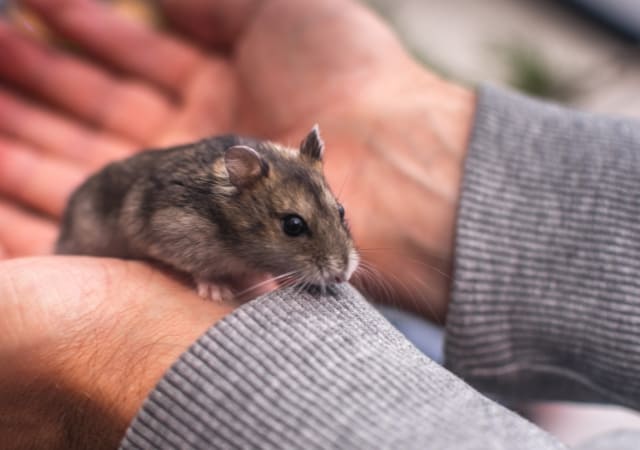
All pets, large and small, love treats. In fact, treats are a great way of training your hamster to trust you and associate you with food and pleasurable experiences.
You can put a treat in your palm and place your hand inside the enclosure, if they take it, repeat the drill until they trust you enough to hold or pet them. If they ignore the treat, they might be a little scared or stressed out.
Try to offer healthy treats, like small pieces of vegetables. You can also use the hamster’s seed mix as the treat in question to avoid them gaining too much weight.
If you find that your hamster sticks around after you feed them the treat, they probably like you!
Use a Cup to Hold Your Hamster

The experience of being picked up for an animal so small is pretty terrifying. You should be aware of your hamster’s instinct to fear anything much larger than they are. This is especially true in the wild, where the only time a hamster is picked up, it’s to be another animal’s dinner.
That’s why you should try to get them used to the sensation in a non-threatening way. Offer them a mug or a glass measuring cup as a makeshift “elevator” to hold them outside of their enclosure. They should hop right in if they understand that’s their only way out.
This step should also make them better prepared for being picked up by hand later on without fear.
Offer Free Roaming Time
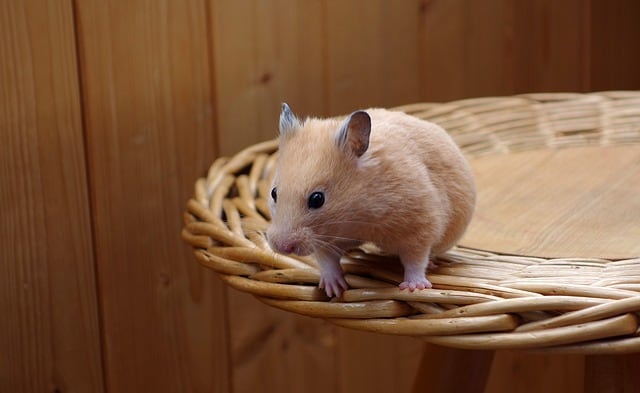
Happy hamsters are inquisitive little creatures that like to see the world around them. After prepping an area that’s both safe and comfortable for your hamster to roam free, you can take them out for a break so they can explore your home.
You can also sit around and allow them to “explore” you, as well. They can climb, hop, and sniff your hands, arms, and legs, making them more at ease with both you and your home.
In the designated room, make sure there are no tight corners that are out of reach, close all the windows and doors, and try a dimmer switch for your lights so it’s not too bright for their eyes.
At the end of the free-roaming time, they can allow you to pick them up by hand and put them back inside their enclosure.
Pet and Hold Your Hamster
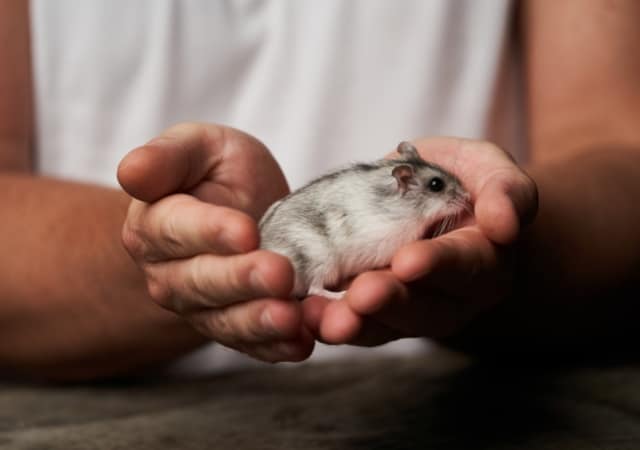
Once your hamster has enough courage to hop on and off your hand, you can start playing with them and petting them. This process can take a few days, weeks, or even months before your hamster feels comfortable enough to just go for it.
Keep in mind that not all hamsters enjoy the same amount of physical contact with humans. While some love the attention, others can very well do without it.
You should also know that some hamsters can survive and thrive with zero human contact. They’ll spend most of their time hidden away inside their enclosure, only coming out at night for food and exercise. This isn’t for any fault of your own, just the nature of this particular hamster.


